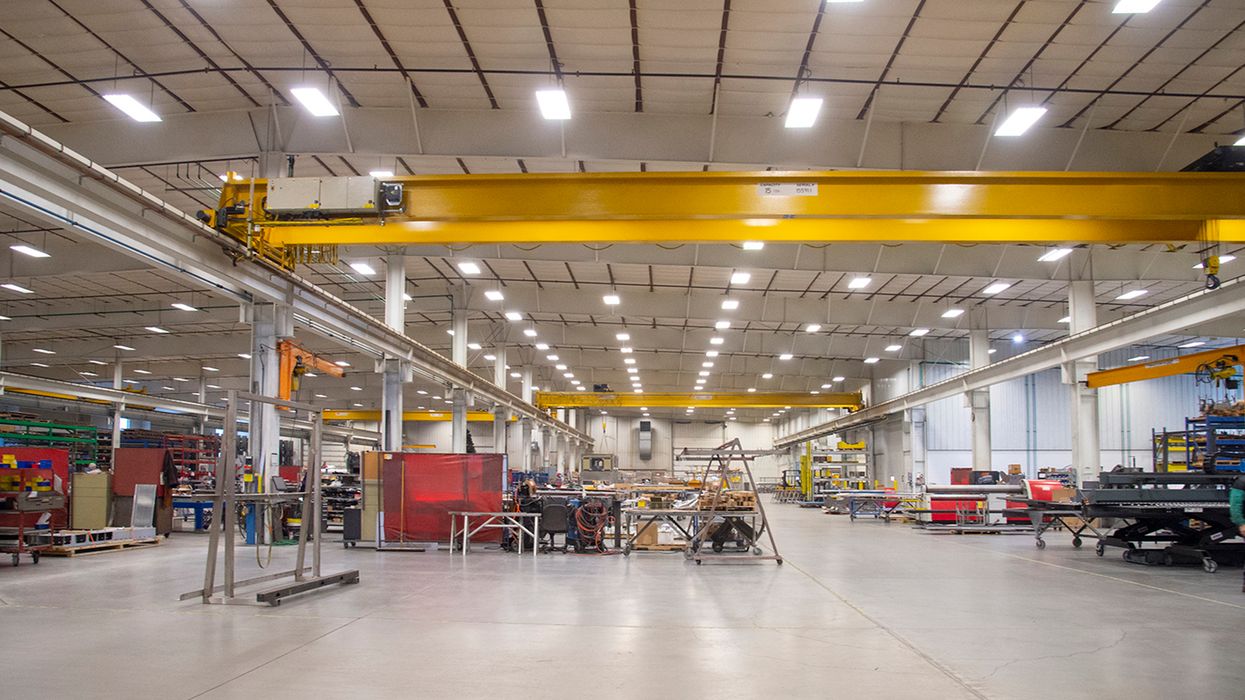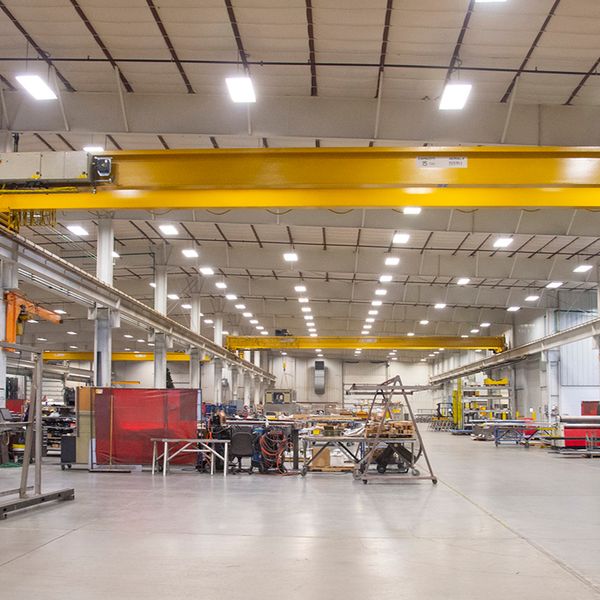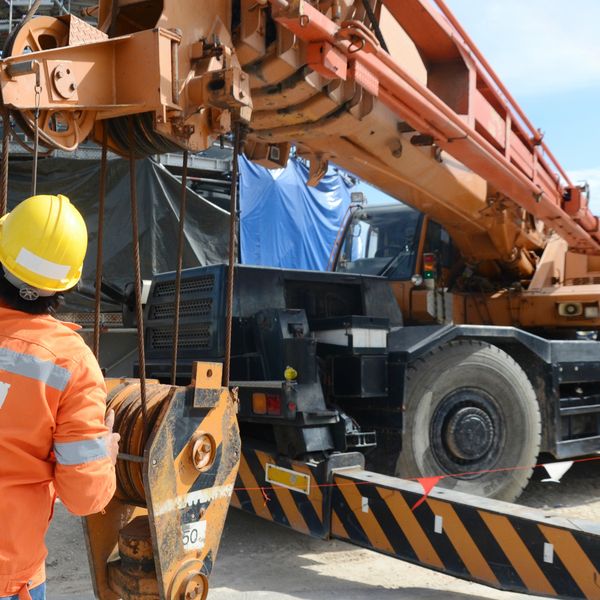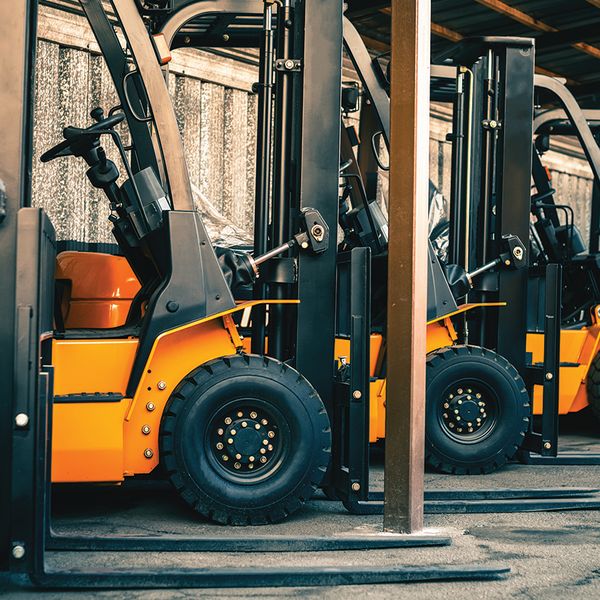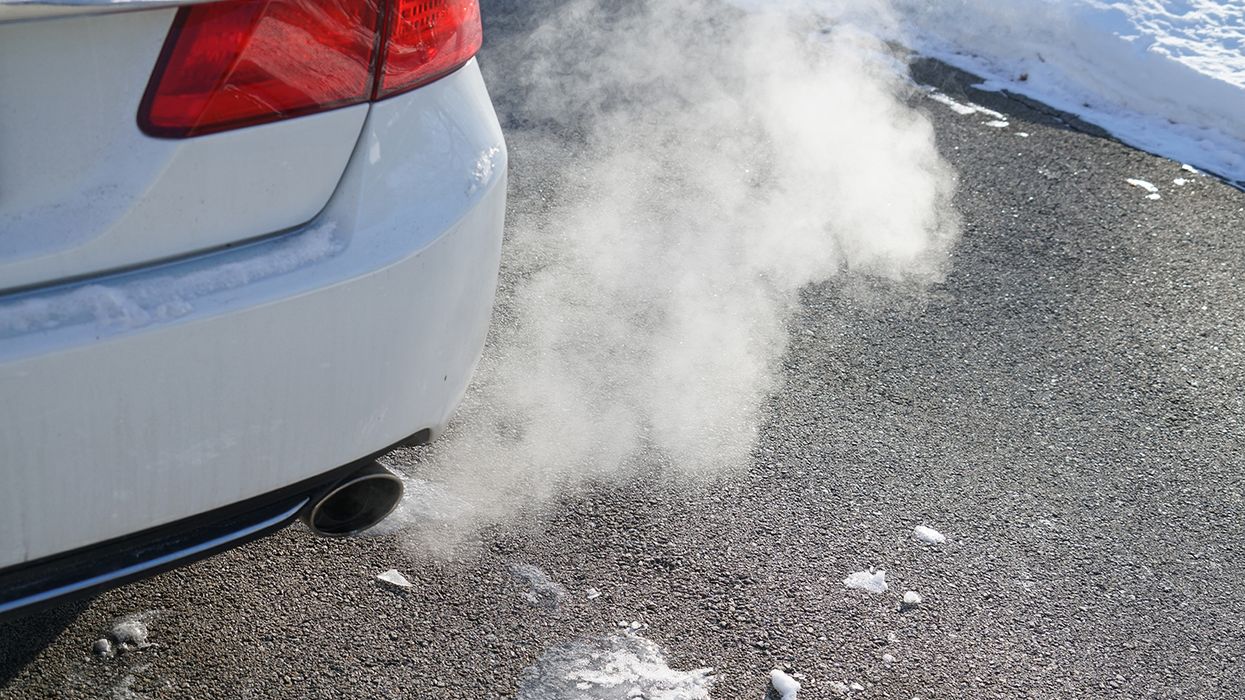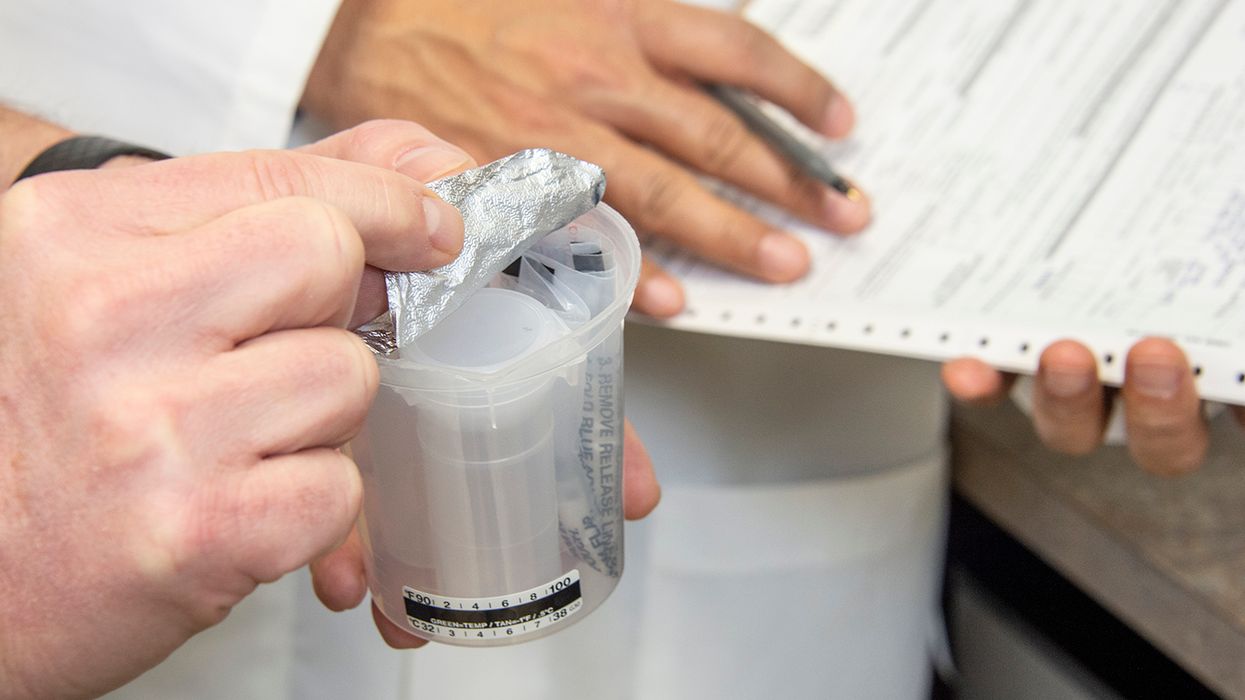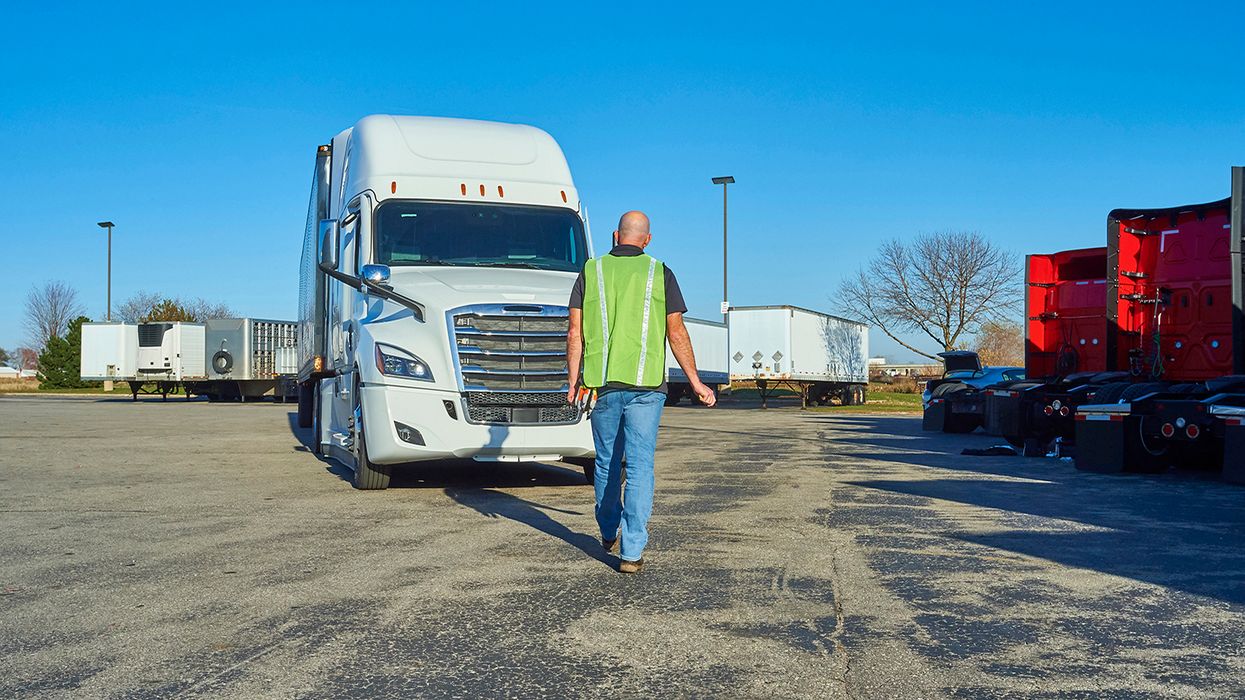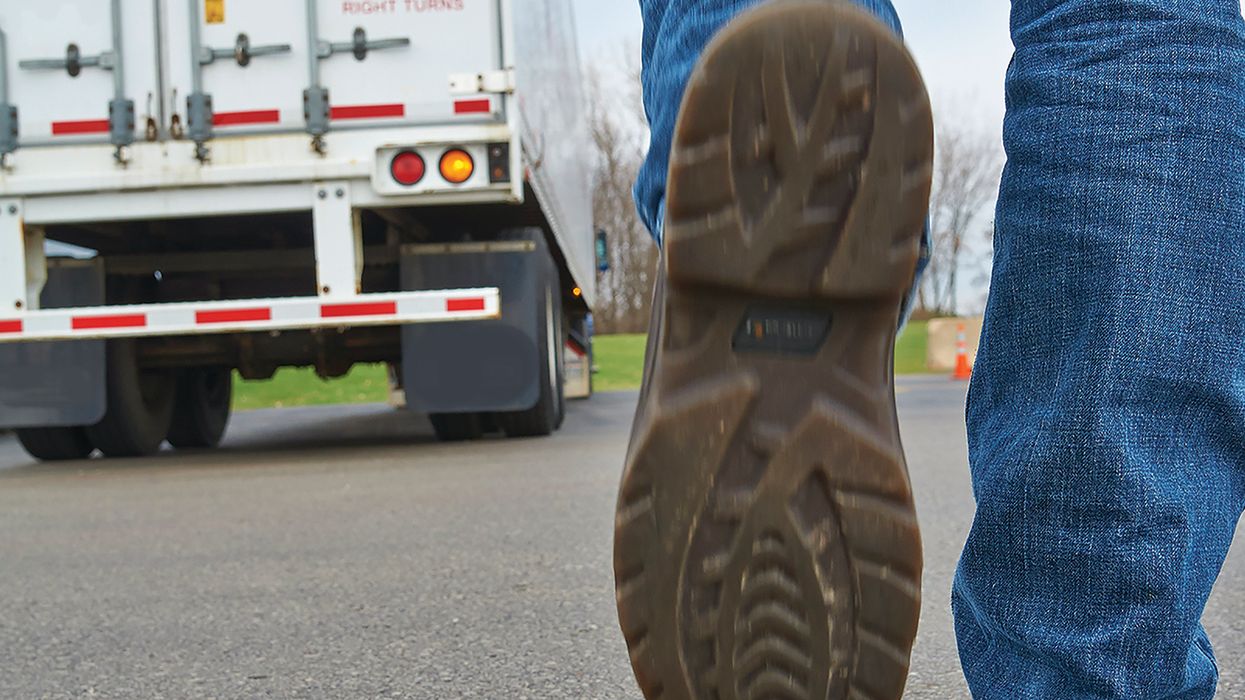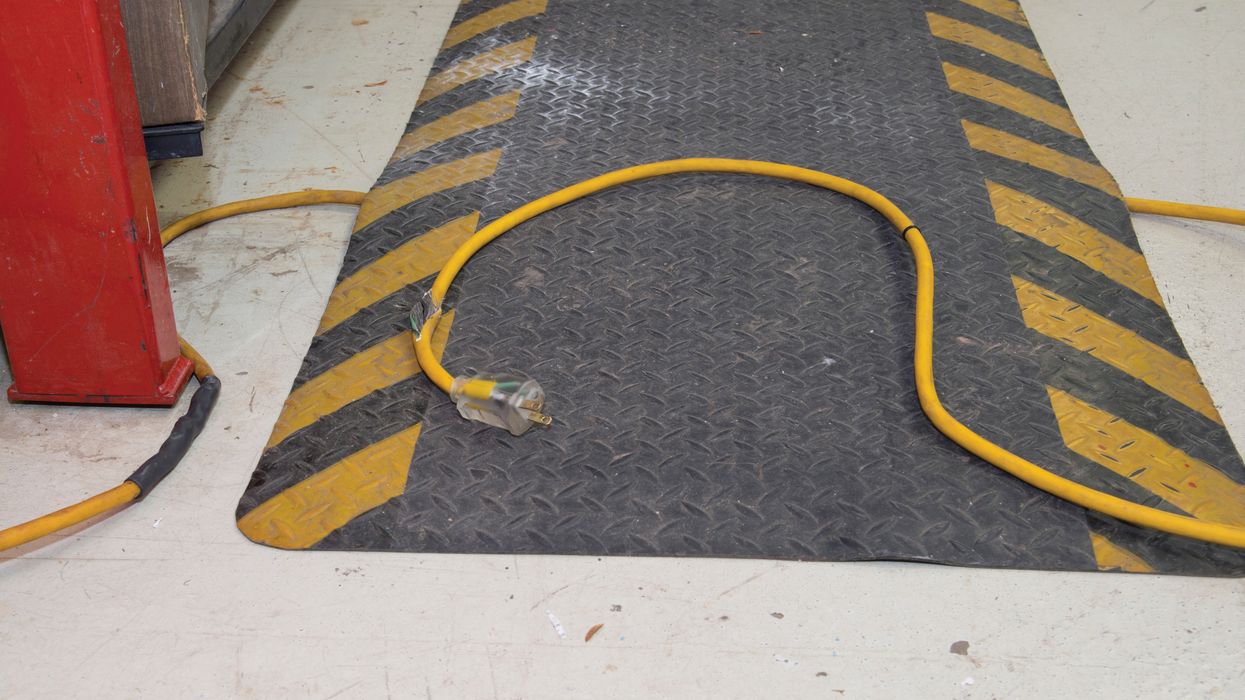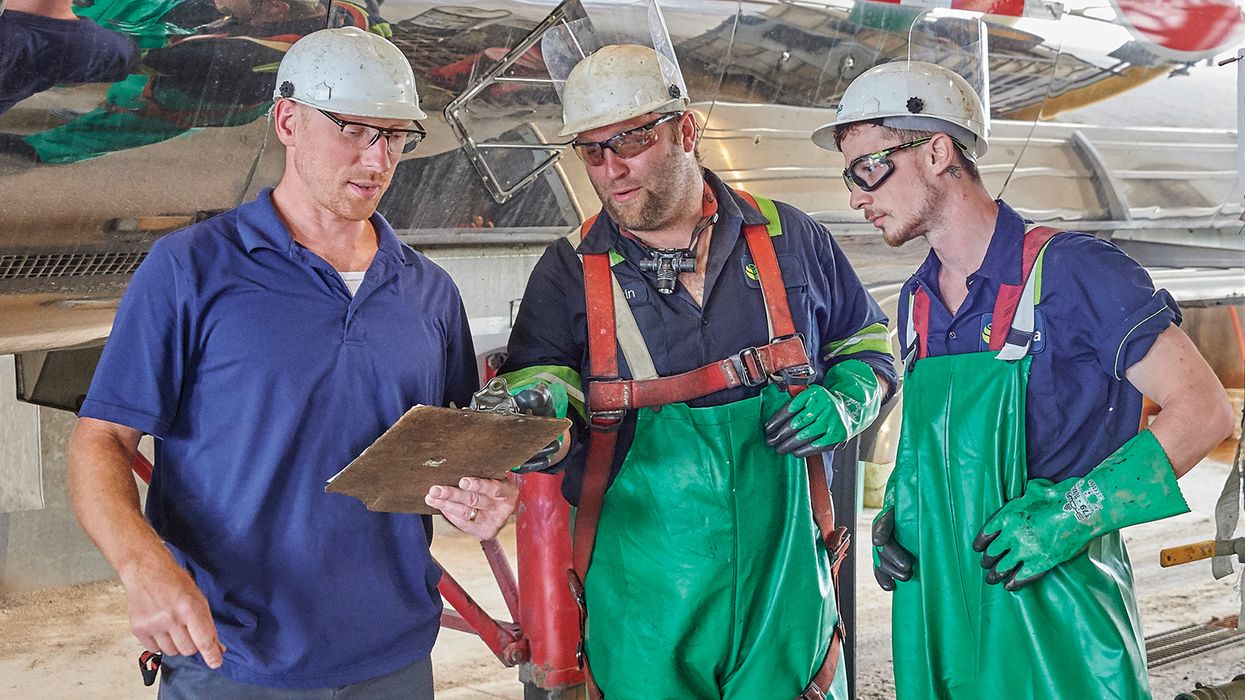Yes, you must inspection your overhead crane
An overhead crane is designed to lift and lower a load and move it horizontally. Overhead and gantry cranes have a horizontal bridge across which a trolley and hoist travel. Materials being moved by overhead cranes are attached to a hoisting mechanism on the trolley.
OSHA requires that frequent and periodic inspections be done as necessary to ensure the safety of employees and the facility. The intervals are dependent upon the nature of the critical components of the crane and the degree of their exposure to wear, deterioration, and malfunction.
Frequent inspections are usually done on a daily to monthly interval. Some items that need to be inspected include:
- Operating mechanisms for excessive wear or improper adjustment.
- Air or hydraulic system lines, tanks, valves, pumps for leakage or deterioration.
- Crane hooks for deformation or cracks. A visual inspection on these hooks is required daily and a written monthly inspection must also be done and kept on file.
- Hoist chains for wear, twisting, distortion. A visual inspection on these chains is required daily and a written monthly inspection must also be done and kept on file.
- Rope reeving for noncompliance with manufacturer’s recommendations.
Periodic inspections are done at 1- to 12-month intervals. This is more of a complete inspection and includes the frequent inspection requirements listed above, in addition to looking for the following:
- Deformed, cracked, or corroded members.
- Loose bolts or rivets.
- Cracked or worn sheaves and drums.
- Worn, cracked, or distorted parts such as pins, bearings, shafts, gears, rollers, locking and clamping devices.
- Excessive wear on brake system parts, linings, pawls, and ratchets.
- Load, wind, and other indicators over their full range, for any significant inaccuracies.
- Gasoline, diesel, electric, or other powerplants for improper performance or noncompliance with applicable safety requirements.
- Excessive wear of chain drive sprockets and excessive chain stretch.
- Electrical apparatus, for signs of pitting or any deterioration of controller contactors, limit switches, and pushbutton stations.
In addition to the frequent and periodic inspection requirements listed above, all the wire rope on the crane must be inspected at least once a month with a certification record prepared showing the exact ropes inspected and the name of the person doing the inspection. Keep the record on file. In addition, wire rope installed on a crane that’s been idle must be inspected before the crane is used.
Inspecting your overhead cranes is not only an OSHA requirement, but a necessary safety practice.

